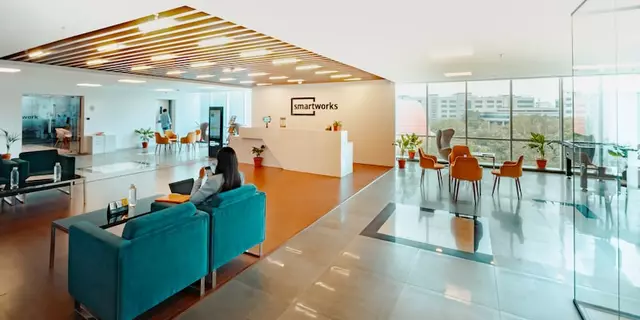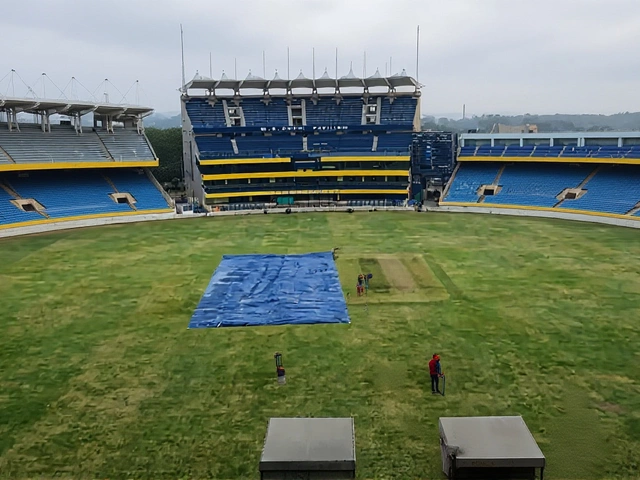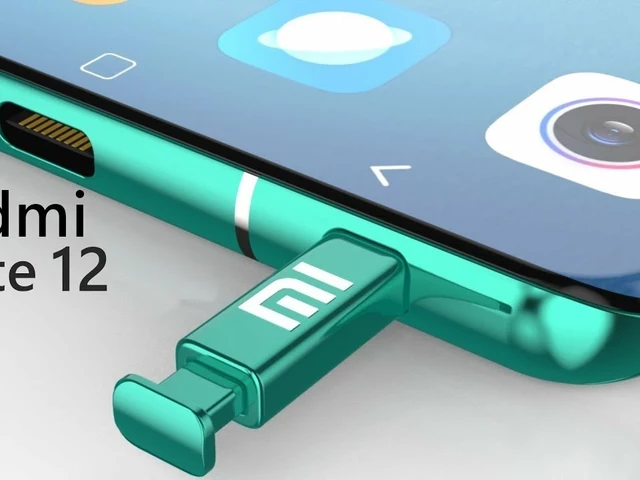When Jaguar Land Rover shut down its entire UK production network in early September 2025, the country didn’t just lose cars — it lost its economic footing. The cyberattack, traced to the ransomware group Scattered Lapsus$ Hunters, didn’t just cripple a carmaker. It shattered supply chains, emptied paychecks, and sent shockwaves through Britain’s industrial heartland. By the time production resumed in late October, the damage had reached £1.9 billion — the most expensive cyber incident the UK has ever seen.
How the Attack Unfolded
On August 31, 2025, JLR’s IT systems went dark. The company didn’t notice a breach — it noticed silence. Servers locked. Networks unresponsive. Production lines, once humming with the rhythm of precision engineering, froze. By September 1, the company had halted operations at its Solihull, Halewood, and Wolverhampton plants. Staff were sent home. No vehicles rolled off the assembly line for five full weeks.
What made this different from other breaches was the scale. The attackers didn’t just encrypt data — they stole it. Evidence now suggests a double-extortion ransomware tactic: lock systems first, then threaten to leak sensitive internal documents unless a second payment is made. The group, which claimed responsibility on its Telegram channel with over 50,000 subscribers, shares ties with Scattered Spider, the same crew behind attacks on Co-op, Harrods, and Marks & Spencer earlier in the year. Two UK teenagers linked to those attacks were charged in October by U.S. prosecutors for extorting over $115 million across multiple targets.
The Economic Domino Effect
The £1.9 billion loss wasn’t just JLR’s bill — it was the UK’s. The Cyber Monitoring Centre (CMC) classified the event as a Category 3 systemic incident, meaning it disrupted critical infrastructure beyond a single company. For every week JLR sat idle, it lost roughly £50 million in output. Over five weeks, that’s £250 million in lost revenue — just from the factory floor. But the ripple effect? That’s where the real damage piled up.
Suppliers in the West Midlands and Merseyside saw orders vanish overnight. Dealerships couldn’t access inventory systems. Logistics firms had trucks sitting idle. The Society of Motor Manufacturers and Traders (SMMT) reported a 27.1% drop in UK car production in September — the lowest since 1952. Van production plunged 35.9%. While other manufacturers grew, JLR’s collapse dragged the entire sector down.
"It’s not just about cars," said Jamie MacColl, researcher at the Royal United Services Institute. "It’s about the thousands of small businesses that depend on JLR’s payroll. One factory shutdown can mean a hundred suppliers go silent. And when those suppliers can’t pay their own workers... that’s when the real crisis hits."
Human Cost: Layoffs, Uncertainty, and the Universal Credit Surge
Behind the numbers are people. Hundreds of supply chain workers were laid off. Thousands more were told to stand by. Unite, the UK’s largest manufacturing union, confirmed that many employees were advised to apply for Universal Credit — the state’s emergency income support system. MP Liam Byrne called it a "digital siege," warning that without government intervention, "people will be laid off in their thousands."
At the Solihull plant, where 8,000 people once worked, the silence was deafening. One parts supplier, based in Coventry, told a local reporter: "We’ve been making gearboxes for JLR since 1987. Now we’re down to three staff. We don’t know if we’ll survive the winter."
Recovery — Slow, Staggered, and Fragile
On October 22, 2025, JLR began a phased restart. But this wasn’t flipping a switch. Systems had to be rebuilt from backups. Cybersecurity protocols overhauled. Supply chains reconnected. Even then, output remained at 40% of pre-attack levels. Of the vehicles produced in October, nearly half were electric or hybrid — a sign the company is doubling down on future tech even as it struggles with the present.
"We’re not back to normal," admitted Mike Hawes, CEO of SMMT. "We’re back to trying to survive. The pressure hasn’t lifted. The uncertainty is still there."
What This Means for the UK’s Cyber Future
The National Cyber Security Centre released a grim annual review in late October, warning that no industry — not even the most established — is safe. "This isn’t a failure of IT departments," said Ciaran Martin, chair of the CMC Technical Committee. "It’s a failure of leadership. Boards need to treat cyber risk like financial risk. Because now, it is."
Other nations are watching. Germany’s auto sector is reviewing its supplier networks. The U.S. Department of Homeland Security issued an advisory to manufacturers. And in the UK, Parliament is debating whether to mandate cyber resilience standards for critical industries — something JLR, despite its size, clearly didn’t have in place.
Why This Isn’t Just an Automotive Problem
Let’s be clear: this wasn’t about cars. It was about trust. Trust that a company can deliver. Trust that a supply chain won’t collapse. Trust that your job won’t vanish because a hacker in another country clicked the wrong link.
When Jaguar Land Rover went dark, it didn’t just lose production time — it lost credibility. And rebuilding that takes longer than fixing servers.
Frequently Asked Questions
How did the Scattered Lapsus$ Hunters target Jaguar Land Rover?
The attackers likely gained access through a compromised third-party vendor or a phishing email targeting JLR staff. Once inside, they moved laterally through the network, targeting core IT systems and manufacturing control networks. Evidence suggests they spent weeks mapping infrastructure before launching the ransomware, indicating a highly coordinated, insider-informed attack — not a random hack.
Why was the economic impact so much higher than the ransom demand?
The ransom demand was reportedly around £30 million — a fraction of the £1.9 billion loss. The real cost came from halted production, lost sales, supplier defaults, dealer cancellations, and supply chain paralysis. Unlike a bank robbery, where you lose what’s in the vault, this attack stopped the entire production pipeline — making every missed vehicle a lost profit, not just a stolen file.
What’s being done to prevent this from happening again?
The UK government is considering mandatory cyber resilience audits for companies with over 500 employees in critical sectors. JLR is working with the National Cyber Security Centre to rebuild its systems with air-gapped backups and zero-trust architecture. But experts warn that without board-level accountability, such measures will remain patchwork — not protection.
How many jobs are at risk because of this attack?
Directly, over 10,000 jobs at JLR and its Tier 1 suppliers were affected. Indirectly, analysts estimate up to 50,000 roles across the UK’s automotive ecosystem — from logistics to parts manufacturing — could be at risk if production doesn’t stabilize by early 2026. The government has pledged emergency support, but no formal job retention scheme has been launched yet.
Is Jaguar Land Rover paying the ransom?
JLR has not confirmed whether any payment was made. The UK government and the National Cyber Security Centre strongly advise against paying ransoms, as it fuels further attacks. Instead, JLR has focused on restoring systems from clean backups and cooperating with law enforcement. A criminal investigation is ongoing, with Interpol assisting in tracing the attackers’ digital footprints.
Could this happen to other UK manufacturers?
Absolutely. The attack exposed how deeply interconnected modern manufacturing is with IT systems. From robotics to inventory tracking, factories rely on networks that are often outdated and poorly secured. The SMMT estimates over 70% of UK auto suppliers lack basic cyber hygiene. Without urgent investment and regulation, JLR won’t be the last.





